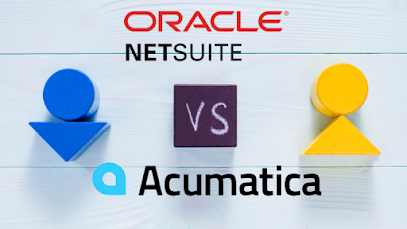Beyond Traditional Finance: Innovative Open Banking Applications in FinTech
In today’s digital landscape, open banking is revolutionizing the way data is shared, making it simpler to switch bank accounts and tearing down the barriers between financial institutions. Despite these advancements, FinTech companies still face significant challenges from traditional banking systems, which can hinder their growth.
This article
delves into these challenges and underscores the transformative potential of
open banking in the FinTech sector.
Traditional
Finance Challenges for FinTech
Traditional
financial institutions have long held a dominant market position, setting
standards and shaping industry practices. However, as technology disrupts
sectors worldwide, FinTech startups are emerging as formidable challengers,
pushing the limits of innovation and questioning established norms.
Limitations
of Traditional Data Sources
Traditional
data sources often consist of structured data from internal banking systems,
credit bureaus, and regulatory filings. While this data provides valuable
insights into historical financial transactions, business lending, and
creditworthiness, it often lacks depth and breadth. FinTech companies require a
broader spectrum of data to develop innovative solutions that cater to evolving
consumer needs and preferences.
Challenges
with Real-Time Data and Non-Financial Insights
Traditional
data sources typically do not offer real-time insights into consumer behavior
and market trends, which are crucial for FinTech companies operating in dynamic environments. Additionally,
traditional data often overlooks non-financial factors that influence financial
decisions, such as social media activity, lifestyle choices, and demographic
details. Access to a wider array of data is essential for FinTechs aiming to
deliver personalized financial solutions.
Core
Principles of Open Banking
Open banking
has redefined the financial landscape by enabling secure data sharing among
banks, non-banking financial entities, and third-party service providers. Here
are its core principles:
- Real-time Data Sharing: Secure access to financial
data, such as transaction history and account balances, is provided in
real-time with user consent.
- Openness through APIs: Application Programming
Interfaces (APIs) facilitate secure, standardized access to financial data
for third-party providers.
- Customer Control: Users manage who can access
their data and can revoke permissions at any time.
Open
Banking vs. Banking-as-a-Service (BaaS)
While both
models utilize technology to enhance financial services, open banking focuses
on data sharing, whereas BaaS provides access to banking functionalities.
Empowering
FinTech through Open Banking
Open banking
is catalyzing innovation within the financial sector, enabling FinTech
companies to overhaul traditional services and create new possibilities for
personalized financial products and streamlined processes. Notable use cases
include:
- Enhanced Customer Onboarding and
KYC: Open
banking simplifies KYC procedures by allowing FinTechs to access user data
with consent.
- Personalized Financial Products: Real-time financial data
through open banking APIs enables FinTechs to tailor products and services
to individual needs.
- Streamlined Loan and Credit
Scoring: Access
to comprehensive financial data speeds up loan approvals and enhances
credit assessments.
- Automated Wealth Management: Open banking facilitates the
development of automated investment tools that leverage real-time data to
optimize portfolio performance.
Open
Finance Ecosystem
Open banking
fosters collaboration between traditional financial institutions and FinTechs,
creating an ecosystem that supports innovative services through integration
with existing financial infrastructure.
Implementing
Open Banking with Sprinterra
For FinTechs
looking to harness open banking, Sprinterra offers a powerful platform that
simplifies integration and accelerates development. Key benefits include:
- Faster Time to Market: Pre-built APIs for open banking
functionalities reduce development time.
- Scalable Infrastructure: Capable of processing millions
of transactions daily.
- Hybrid Cloud Architecture: Combines public cloud
scalability with secure, private data storage.
- Enhanced Security: Prioritizes top-tier security
measures for handling financial data.
Conclusion
Open banking is ushering in a new era of financial
empowerment by enabling secure data sharing and promoting collaborative
innovation, thereby transforming how we manage our finances and interact with
financial institutions.



Comments
Post a Comment